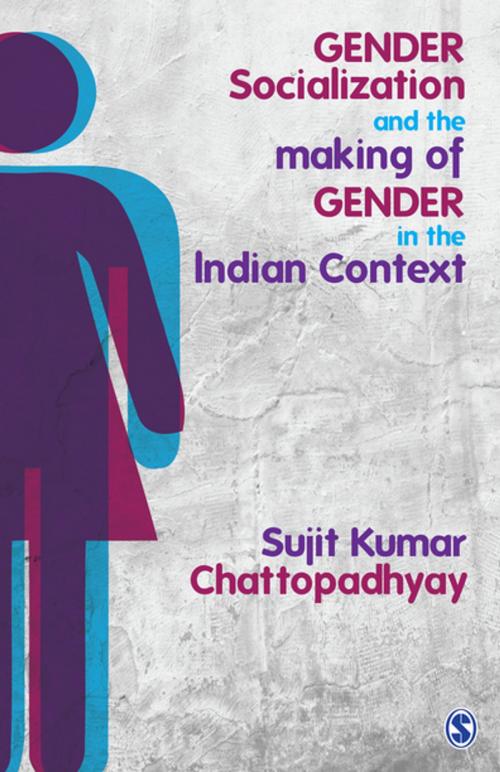Gender Socialization and the Making of Gender in the Indian Context
Nonfiction, Social & Cultural Studies, Social Science, Sociology, Family & Relationships| Author: | Professor Sujit Kumar Chattopadhyay | ISBN: | 9789386602572 |
| Publisher: | SAGE Publications | Publication: | November 27, 2017 |
| Imprint: | Sage Publications Pvt. Ltd | Language: | English |
| Author: | Professor Sujit Kumar Chattopadhyay |
| ISBN: | 9789386602572 |
| Publisher: | SAGE Publications |
| Publication: | November 27, 2017 |
| Imprint: | Sage Publications Pvt. Ltd |
| Language: | English |
Gender Socialization and the Making of Gender in the Indian Context discusses what gender is, its formation and effects, and how children form gender identities by conforming to social expectations and imitating gender-specific behaviour. As they grow older, they learn to assimilate this behaviour and the norms that they had earlier merely imitated. They also learn the consequences of deviating from these norms.
Each culture has a set of practices for teaching gender roles. This book examines the social arrangements in India that make a child conform to normative femininity or masculinity. It studies the role of family, religion, mythology, teachers, peer group and the various media in inculcating this. Further, the book looks at the root cause of sexist injustices rampant even today in the making of gender inequality.
Gender Socialization and the Making of Gender in the Indian Context discusses what gender is, its formation and effects, and how children form gender identities by conforming to social expectations and imitating gender-specific behaviour. As they grow older, they learn to assimilate this behaviour and the norms that they had earlier merely imitated. They also learn the consequences of deviating from these norms.
Each culture has a set of practices for teaching gender roles. This book examines the social arrangements in India that make a child conform to normative femininity or masculinity. It studies the role of family, religion, mythology, teachers, peer group and the various media in inculcating this. Further, the book looks at the root cause of sexist injustices rampant even today in the making of gender inequality.















